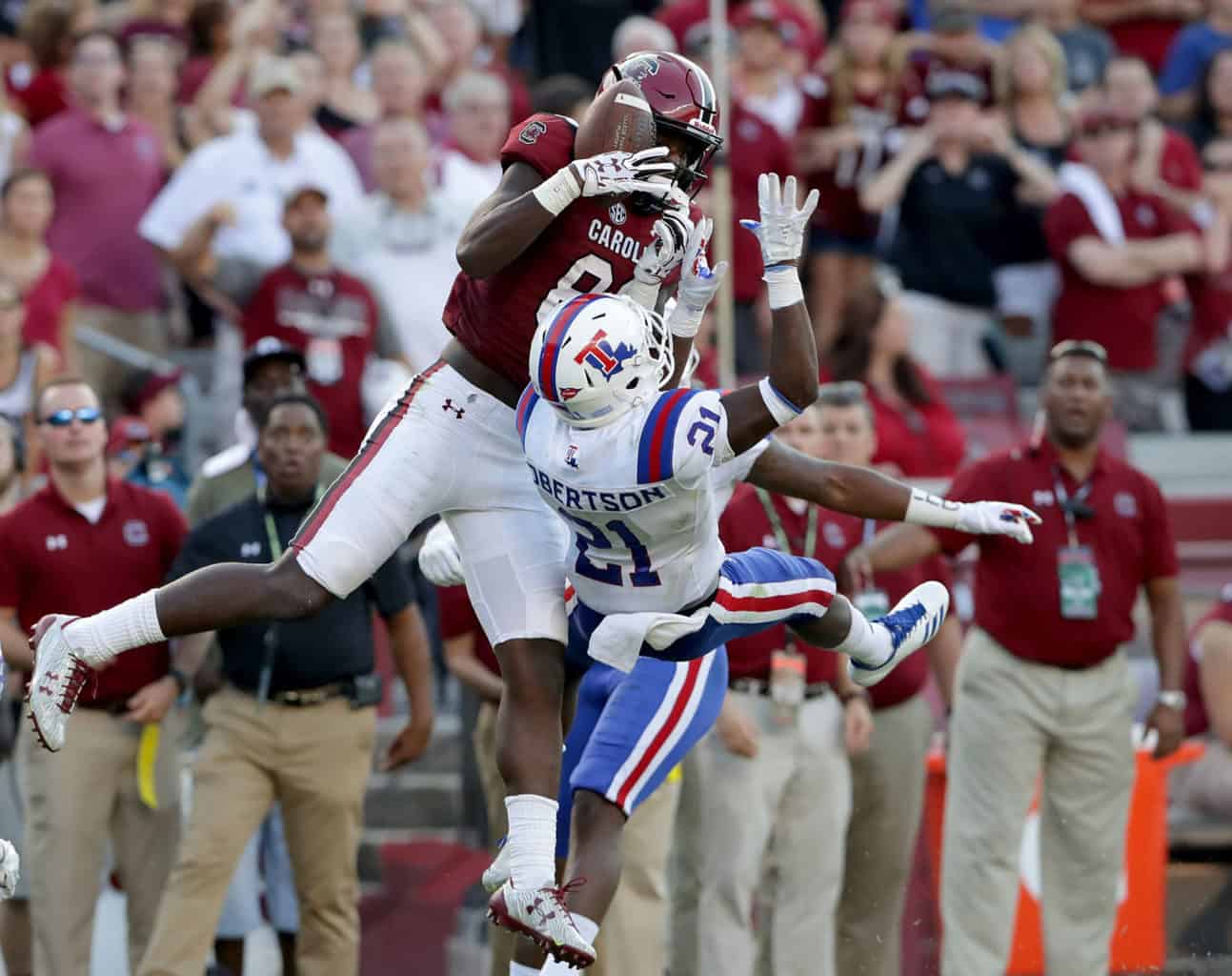
Though the later rounds of the NFL Draft are typically utilized to flesh out the back end of the depth chart, many of the NFL’s biggest stars didn’t hear their name called until Day 3 (rounds 4-7) and had to scratch and claw for every snap, every single day. Household names like Richard Sherman, Julian Edelman, Kirk Cousins, Antonio Brown, Robert Mathis, Brandon Marshall, and of course, Tom Brady come to mind as some of the NFL Draft’s best hidden gems.
These are the players and stories that make the NFL Draft so thrilling — the overlooked, barely-recruited, small-school, late-round picks making a name for themselves by simply outworking their competition once they get that golden opportunity while some of these players have first round talent but dealt with some kind of setback before Draft Day. Either way, here is each team’s most valuable 2020 Draft selection from rounds 3 to 7, highlighting a few soon-to-be stars that will become quite familiar to the general public within the coming years.
BEST VALUE PICK: OT Josh Jones (Houston) — Rd 3, 72nd Overall
As this scouting report elaborates on, Josh Jones is a relatively raw, athletic OT prospect that lacks experience in a pro-style passing attack. By falling to the 3rd round, however, he very well may have landed on the perfect team to fit his strengths, as Kliff Kingsbury’s Air Raid offense utilizes similar blocking concepts and verbiage to that of Dana Holgorsen’s at Houston. Adjustment to the NFL’s strength and speed will obviously still take time, but Josh Jones should be thrilled to be heading to Arizona where he could protecting Rookie of the Year Kyle Murray’s blindside for years.

BEST VALUE PICK: IOL Matt Hennessy (Temple) — Rd 3, 78th Overall
Earning the backup LG job behind James Carpenter out of training camp, Matt Hennessy very well could be the replacement plan for 34-year-old C Alex Mack, whose contract expires after this season. The ideal situation to begin his career despite a strong summer, it simply isn’t reasonable to expect Hennessy to immediately adapt to the jump from the AAC to the NFL, especially without a preseason to prepare for NFL game speed.
A 3-year starter at Temple, Hennessy has been a stalwart pass protector since earning the starting job in 2017. Allowing just 8 pressures on 478 pass blocking snaps that year, that number lowered to a grand total of 6 over the next 2 seasons combined. The difference in 2019, however, was his run blocking, improving to an 87.6 PFF run-block grade which guided his overall grade to an 11.4-point increase.
Listed at just 295 pounds while at Temple, Hennessy didn’t face many NFL-caliber defenders in the AAC nor was he tasked with many one-on-ones with DL. A decent athlete (108.7 SPARQ score — 67th percentile), Hennessy was able to bump up from his listed weight to 307 pounds at the combine and still performed admirably. Though it may take some time to build strength to hang in there against NFL D-Linemen, Matt Hennessy is an ideal scheme fit for the Falcons.

BEST VALUE PICK: LB Malik Harrison (Ohio State) — Rd 3, 98th Overall
Built more like an edge rusher or throwback LB (6’3″, 247), Harrison is a good athlete (130.8 SPARQ score — 77th percentile) with terrific instincts as an off-ball LB. Combining outstanding hand strength with the size, length, and tenacity he brings, Harrison often shucks NFL-sized OL back into rushing lanes and consistently generates pressure on blitzes.
Though exceptional against the run (87.1 PFF run defense grade), Harrison is a bit more limited in coverage (17 rec, 220 yards, 2 TD allowed on 25 targets). He lacks the lateral agility and hip fluidity to flip on a dime and run downfield with a RB or TE, which likely means he’ll stay off the field on 3rd downs early on in his career.
The 2nd LB selected by Baltimore, Malik Harrison will likely be the primary backup to 1st-rounder Patrick Queen and LJ Fort, who signed a 2-year extension with the Ravens just over a month after his release from the Eagles in late September, 2019. Both are expected to handle the majority of coverage reps, but a thumper like Harrison is bound to earn a rotational role on early downs in a tough, gritty unit like Baltimore’s.

BEST VALUE PICK: WR Gabriel Davis (UCF) — Rd 4, 128th Overall
A big target (6’3″, 212 pounds) with plenty of speed, Gabriel Davis made his name at UCF with a propensity to rip the top off of defenses. Utilizing stellar tracking ability and body positioning on deep throws, Davis averaged over 17 yards per reception on 72 receptions along with 12 TDs — 7 of which came on throws of greater than 20 yards.
An extremely productive 2019 season vaulted him into the 4th round, but the former Knight is far from a finished product. Not only was his route tree at UCF a bit simplistic, but the routes he did run well still weren’t the sharpest. A quality hand-fighter, though, his technique in that regard makes up for middling athleticism and explosiveness off the LOS. All in all, Davis is one of the larger targets at Buffalo’s disposal and has a knack for securing the deep ball, which should compliment the cannon of QB Josh Allen’s quite well.

BEST VALUE PICK: CB Troy Pride Jr. (Notre Dame) — Rd 4, 113th Overall
A 2.5-year starter and track star at Notre Dame (10.5s 100m — 5th place at ACC Outdoor Championships), Troy Pride Jr. has the potential to become a legitimate man-to-man outside CB at the next level despite an up-and-down collegiate career (70.6 PFF grade in 2017, 77.3 in 2018, 66.8 in 2019). In addition to his track speed (4.4s 40-YD), which gives Carolina another incredibly fast CB (Donte Jackson — 4.32s, Natrell Jamerson — 4.4s), Pride is a fluid athlete who rarely had an issue latching onto his matchup’s hip pocket and mirroring the entire route. Including just 2/14 allowed in 2019, he gave up a completion on only 6 of his 38 career targets thrown over 20 yards. Pride Jr. takes pride in not allowing the big play.
Pride’s coverage ability stems not only from pure speed but also the discipline to maintain stringent focus on his keys, such as the hips of his matchup. However, his struggles in shifting that focus toward the ball once it’s thrown at him are frustrating and have led to a significant number of contested completions (50% of career contested attempts). Whether it’s slow reactions or improper technique, he’ll at times completely blanket a WR only to give up the reception because he was outplayed or outworked at the catch point. With the raw coverage ability Troy Pride has displayed over 2+ seasons on the outside, shoring up his ball skills could prove monumental for his development.

BEST VALUE PICK: CB Kindle Vildor (Georgia Southern) — Rd 5, 163th Overall
Primarily lining up at outside CB since his sophomore season, Vildor earned terrific overall PFF grades since solidifying that role — 79.4 in 2017, 90.4 in 2018. He took a step back this past season, however, which likely caused a lot of concern considering the level of competition (Sun Belt). Missing 11 tackles as a senior (29%), his coverage grades also took a hit across the board, allowing a 78.2 passer rating on the year (46.5 in 2017, 52.5 in 2018).
Hot and cold on a game-to-game basis, he put on a solid performance when it mattered most at the Senior Bowl, which culminated with an interception of an errant Shea Patterson throw. Listed at 5’11” and 190 pounds, he plays much stronger than his frame would suggest and seems to enjoy jamming receivers off their routes, causing his fair share of turnovers. If he happens to whiff and lose positioning, however, its game over — he simply does not have the recovery speed to be trusted out wide. Yet, with some terrific ball skills and a tenacious, physical playing style, it isn’t hard to imagine Kindle Vildor earning significant snaps sooner rather than later, whether it be on special teams, in the slot, or at safety (3-star S recruit in HS).

BEST VALUE PICK: LB Markus Bailey (Purdue) — Rd 7, 215th Overall
While the selection of LB Akeem Davis-Gaither in the 4th round may prove to be a steal in its own right, Markus Bailey falling to the 7th round could provide unbelievable value if he can recover to, say, 80% of the player he was before his second ACL tear. Clearly, teams were very worried about his injury history, but Bailey was an incredibly productive and versatile 3-year starter that logged nearly 3,000 career snaps, 324 total tackles (28 for loss), 14.5 sacks, and 6 interceptions. Additionally, his 228 career solo tackles rank third all-time in Big Ten history despite missing most of his senior season.
When healthy, Bailey was not only a bonafide thumper over the middle, but also a terrific coverage LB with the ability to keep pace with slot WRs at 240 lbs. While he very well may have lost some explosiveness and will face plenty of competition with the several LBs Cincinnati signed and drafted, Markus Bailey possesses the ideal athletic profile, instincts, experience, and versatility that make for a potential 3-down starter down the road.

BEST VALUE PICK: DL Jordan Elliott (Missouri) — Rd 3, 88th Overall
Although the 6th-round selection of Michigan WR Donovan Peoples-Jones may provide terrific value down the road, it will be more difficult for him to earn snaps early on sitting behind the likes of Odell Beckham Jr., Jarvis Landry, and others considering how raw his game currently is.
Adding Missouri’s Jordan Elliott to an already stellar DL group — in the 3rd round, nonetheless — may provide a very quick return on investment for new GM Andrew Berry, however. Not only did Elliott record the 3rd-highest pass rush win rate among all interior DL (18.3%), but also the highest PFF pass rush grade among that same group (91.1). Those metrics are quite impressive on their own, without even considering the fact he locked horns with SEC linemen on a consistent basis. An interior rotation of Sheldon Richardson, Larry Ogunjobi, and Jordan Elliott should be able to create plenty of 1-on-1 opportunities for Myles Garrett and Olivier Vernon out on the edge.

BEST VALUE PICK: IOL Tyler Biadasz (Wisconsin) — Rd 4, 146th Overall
Though Dallas grabbed a few pretty talented players later in the draft (DL Neville Gallimore — 3rd, EDGE Bradlee Anae — 5th), this one’s pretty obvious given the gaping hole left by Travis Frederick retiring after free agency. It’ll be incredibly difficult to replace that type of talent, but Dallas is starting in the right spot by drafting one of the top run-blocking IOL in the class in Wisconsin’s Tyler Biadasz, who took 0 snaps at any other position besides Center in college.
With an 82+ overall PFF grade in each of his 3 seasons, he finished this past year with an 85.5 run-blocking and 87.1 zone grade. His pass protection is still a work in progress, but that’s not a great concern for a center that not only creates rushing lanes as consistently as Biadasz has, but will also be surrounded by Pro Bowl talent on each side.

BEST VALUE PICK: IOL Netane Muti (Fresno State) — Rd 6, 181th Overall
There’s no way around it — the Denver Broncos had a terrific draft from top to bottom. Grabbing weapons for QB Drew Lock in the 1st (Jerry Jeudy) and 2nd rounds (KJ Hamler), their collection of 3rd round selections were also quite solid — CB Michael Ojemudia, IOL Lloyd Cushenberry, and DL McTelvin Agim. In the 4th round it was Lock’s former TE, Albert Okwuegbunam, then LB Justin Strnad in the 5th, and two athletic projects in the 7th (WR Tyrie Cleveland, EDGE Derek Tuszka). Their most high-reward selection, however, could be 6th-round pick IOL Netane Muti from Fresno State.
Suffering season-ending injuries 2 consecutive years (Achilles, shoulder), it was no surprise that he fell; the surprise was him falling to the 6th round considering the talent level he’s displayed when healthy. With other-worldly upper body strength and nimble feet, Muti has the natural ability and mean streak to be an absolute road grader in the run game. The school’s bench press record-holder (550 lbs), his 44 reps of 225 lbs at the combine were the most since Dontari Poe’s 44 reps in 2012.
Starting 14 games and earning an 80.4 overall PFF grade as a redshirt freshman, Muti didn’t allow a single sack while battling with the likes of future-1st rounders Da’Ron Payne, Vita Vea, and Ed Oliver, which led to an All-MWC honorable mention. He’s played a grand total of 318 snaps since then, but the talent level has not fallen off. Despite the lack of extensive playing time, he allowed just a 2% pressure rate and just one single sack over 697 career pass blocking snaps. Given a clean bill of health and the opportunity to build upon his natural gifts, Netane Muti has the raw talent to become an elite guard for Denver in the very near future.

BEST VALUE PICK: EDGE Julian Okwara (Notre Dame) — Rd 3, 67th Overall
Though not in the same stratosphere as #2 pick Chase Young, Julian Okwara was not expected to be available in the 3rd round — but it was only right that Julian be reunited with his brother, Romeo Okwara, in Detroit.
Before suffering a season-ending leg injury, Julian was building upon a terrific junior season with 5 sacks, 7 TFL, and 32 total pressures through 9 games. His strength is clearly explosion and quickness off the edge, registering a 90.4 PFF pass rush grade and a 23% pass rush win rate this past season, but his run defense will need plenty of work. With just 21 run stops since 2018 and a measly 2.7% run stop rate, Okwara will likely be deployed as a rotational pass rusher early on in his career — which should work just fine with big brother Romeo and big-money signing Trey Flowers handling the edge on early downs along with Da’Shawn Hand who will likely play all along the D-Line.

BEST VALUE PICK: OL Jon Runyan Jr. (Michigan) — Rd 6, 192nd Overall
Despite being named to the All-Big Ten 1st-Team twice along with consecutive Hugh H. Rader Awards to his name (Michigan’s best OL), the son of a former Pro Bowl lineman and U.S. Congressman somehow flew well under the radar during the draft process. Despite unimpressive measurables (6’4″, 306 pounds, 33.25″ arms), Runyan showcased his athletic ability by performing in the 77th percentile or better in the 40-yard dash (5.08s — 84th), vertical jump (30.5″ — 80th), broad jump (107″ — 77th), and 3-cone (7.57s — 81st) at the Combine.
Starting at LT in 24 of his 32 career games (1 start at RT), Runyan has ideal experience but doesn’t necessarily possess the functional strength or technique to hold the elite athletes he would see on the edge at bay. In addition to poor upper-body power, his hand placement and body control can be a bit erratic. Growing up within the game, however, Runyan displays some impressive reaction and processing speeds, speaking to his high football IQ.
Now that he’s officially made the 53-man roster, one would imagine that Runyan may get an opportunity at RT in place of the injured free-agent acquisition Ricky Wagner, who is not “locked” into the starting role by any means (or RG if Billy Turner kicks outside). Redshirting this season to develop his strength and technique would be the ideal scenario, but the team may find no viable alternative outside of trial by fire.

BEST VALUE PICK: CB John Reid (Penn State) — Rd 4, 141st Overall
At first glance, the 5’10”, 187-pound John Reid isn’t much of a physical specimen. With 30.13″ arms and 9.13″ hands to pair with a smaller frame, its not surprising that he was overlooked when compared to the likes of Jeff Okudah, CJ Henderson, AJ Terrell, and Trevon Diggs (all ~ 6’1″, 200 lbs). Despite his size limitations, however, Reid’s athletic testing landed him in the 90th percentile with a 130.7 SPARQ rating. Combined with terrific marks in the 20-yard shuttle (3.97s — 89th) and broad jump (129″ — 90th), his 20 reps on the bench press also sit in the 90th percentile among CBs.
A fluid and flexible athlete, Reid’s quick-twitch, change-of-direction ability is immediately noticeable on film, especially when giving a relatively small cushion. Along with an impressive athletic profile, Reid is experienced across the entire secondary. In addition to outstanding instincts and anticipation in zone coverage, across his 97 man coverage snaps in 2019, Reid allowed just 9 total receptions while forcing 5 incompletions. A natural tracker of the ball, his aggression at the catch point made its mark on the stat sheet with a total of 37 PBUs and 7 INTs over 4 seasons.
Lastly, despite a smaller frame, Reid is a more than willing tackler who sticks his nose in anywhere he can. Although the Texans seem pleased with his progress in learning their scheme, the position tends to offer a rough transition from college to the NFL, even for a 5-year senior. And despite quality tape on the outside at Penn State, Reid’s size limitations may deter Houston from playing him out wide considering the athletic freaks that line up out there nowadays. Now that CB Gareon Conley has been placed on IR for at least the first chunk of the season, Reid should find ample opportunity to earn himself a considerable role within a shaky secondary.

BEST VALUE PICK: S Julian Blackmon (Utah) — Rd 3, 85th Overall
An outside CB until this past season, Julian Blackmon was forced to move to FS pretty much out of necessity due to his repeated struggles in years past. That move may prove to be the best thing possible for his playing career as he improved dramatically, earning a near 20-point increase in his overall PFF grade (69.9 to 89.6). After giving up an abysmal 786 yards, 319 YAC, and 6 TDs in 2018, he allowed just 200 yards on 17 receptions and a single TD while intercepting 4 passes and deflecting 5.
Not necessarily a physical presence, Blackmon’s strength is deep coverage over the top rather than near the LOS. Supported by outstanding overall coverage (88.7) and deep (89.8) PFF grades, his 68.9 box grade proves this point even further. Regardless, Blackmon’s drastic improvement in coverage and extensive starting experience all across the back end of an elite defensive unit bode well for his transition to the next level.

BEST VALUE PICK: WR Collin Johnson (Texas) — Rd 5, 165th Overall
A massive target at 6’6″, 220 pounds, Collin Johnson could obviously become a red zone threat for QB Gardner Minshew, but his 35.7% contested catch rate this past season raises some questions in that regard. Somewhat lacking in raw athleticism, Johnson doesn’t exactly profile as a deep target or YAC threat (2.4 YAC/rec), but he sure knows how to make a living in the intermediate (10-19 yards) areas of the field. Along with the top PFF receiving grade among all WRs on intermediate routes (96.1), he secured 29 of his 32 targets thrown less than 20 yards in 2019.
Along with terrific size, length, hands (just 11 drops over 4 seasons), and plenty of experience (50+ targets each season), Johnson is a bit more fluid and flexible than one would expect given his size and relative overall athleticism. While not overly shifty or explosive off the line, his routes are good enough that his long strides allow him to maintain separation well. Though he struggled through injuries as a senior and lacks the strength desired from a player of his stature, an NFL training regimen could do wonders for a player with his natural talent and size.

BEST VALUE PICK: DB L’Jarius Sneed (Louisiana Tech) — Rd 4, 138th Overall
After appearing in 29 games his 1st 3 seasons as a CB, L’Jarius Sneed was moved to S as a senior and led the team in tackles (72 total, 42 solo), adding 3.5 TFL along with 3 INTs while earning 2nd-team All-Conference USA honors. Though a bit on the thinner size (6′, 192 pounds), Sneed proved his athletic prowess with an impressive showing at the Combine, testing in the 93rd percentile or above in the 40 (4.37s — 96th), vertical jump (41″ — 94th), and broad jump (131″ — 93rd) en route to the position’s 3rd-best SPARQ score (137 — 98th).
An explosive, fluid athlete with outstanding range, Sneed has little to no limitations in coverage and possesses terrific playmaking instincts, as evidenced by his 8 career INTs and 19 pass deflections. He aggressively attacks the catch point to not only disrupt the receiver, but to take the football away. His weaknesses lie primarily in his strength, technique, and recognition skills, as late reactions and poor pursuit angles have led to grabbiness downfield and poor positioning. Despite those minor flaws, Sneed’s raw talent and athleticism should earn himself plenty of snaps to develop in a secondary that will likely be leading a lot of games and forced to defend the pass for plenty of snaps.

BEST VALUE PICK: WR Bryan Edwards (South Carolina) — Rd 3, 81st Overall
After the Raiders surprised many by selecting WR Henry Ruggs III at #13 over the likes of Jerry Jeudy and CeeDee Lamb, the team grabbed a pair of potential instant-impact playmakers in the 3rd and 4th rounds — WR Bryan Edwards and CB Amik Robertson. While both seem poised for ample opportunity to see the field as rookies, Edwards could very well be called upon to fill the majority of WR Tyrell Williams’ starting role in the wake of his season-ending shoulder surgery.
A solidly-built 6’3″, 215-pound receiver with terrific hands and a knack for highlight-reel grabs, Bryan Edwards lacked a level of consistency in college that teams would like from a player who could immediately be thrust into a starting role. However, he already caught the eyes of coaches and earned many of Williams’ 1st-team snaps at the X receiver spot before the IR announcement, and over that time cemented himself as a viable Week 1 option. While not a lock to man the X role on each and every snap, it appears increasingly likely that he and Ruggs will be the primary starting options along with Nelson Agholor.

BEST VALUE PICK: RB Joshua Kelley (UCLA) — Rd 4, 112th Overall
Born in Inglewood, CA and a graduate of UCLA, Joshua Kelley not only remains incredibly close to home, but he also may have fallen into a great situation with the Chargers, who let former 1st-round RB Melvin Gordon leave for Denver this offseason. An above-average athlete, Kelley tested in the 68th percentile or better in the 40-yard dash (4.49s — 70th), bench press (23 reps — 78th), broad jump (121″ — 69th), and 3-cone (6.95s — 68th), along with some quality measurables (5’11”, 212 pounds, 31.63″ arms, 9.63″ hands).
Despite earning his high school conference’s RB of the Year Award as a senior, Kelley was listed as a 2-star recruit and did not receive a single FBS offer, instead beginning his career at UC-Davis. He transferred to UCLA after 2 seasons and finished his career with the Bruins as just the 8th player in school history to record 1,000 rushing yards in consecutive seasons.
In the wake of Gordon’s departure, most assume that Austin Ekeler will take on the featured role in LA’s backfield — and that will likely be the case. The local product, though not a breakaway, home run threat, should see plenty of opportunity alongside Justin Jackson to earn a considerable chunk of carries and targets with a solid (but not great) all-around game that could fill a variety of roles behind Ekeler.

BEST VALUE PICK: EDGE Terrell Lewis (Alabama) — Rd 3, 84th Overall
Even without a 1st round pick, the Rams put together a very solid draft starting with 2 potential starters in the 2nd round: RB Cam Akers and WR Van Jefferson. In the 3rd and 4th rounds, Los Angeles selected a starting-caliber S in Terrell Burgess, an uber-athletic TE in Brycen Hopkins, and a versatile edge rusher with 1st-round upside in Alabama’s Terrell Lewis.
Standing at 6’5″, 262 pounds with 33.88″ arms, Lewis drew praise early on in training camp from HC Sean McVay, who claimed the rookie is built like a ‘Madden’ create-a-player. Landing in the 82nd percentile or higher in height (97th), weight (97th), arm length (93rd), broad (124″ — 88th), and vertical jump (37″ — 82nd) one could argue that McVay’s assessment isn’t too far off.
While he certainly passes the eye test as an NFL prospect, its difficult to ignore the multitude of injuries that kept him out of all but 14 games for the Crimson Tide since 2016. A torn elbow ligament limited him to just 4 games in 2017 and an ACL tear in camp wiped out his 2018, but he returned last season to the tune of 6 sacks and 11.5 TFL in 10 games and the 3rd-best pressure rate (22.2%) among all edge rushers. The selection of Lewis has clear risk involved, but it’s a gamble that could pay of huge in the event he can remain healthy, as the Rams are in dire need of a threat off the edge. Unfortunately, he’ll start the 2020 season on the NFI.

BEST VALUE PICK: EDGE Curtis Weaver (Boise State) — Rd 5, 164th Overall
Much like his positional counterpart, Julian Okwara, Curtis Weaver really shouldn’t have still been on the board in the 5th round. Though Boise State and the Mountain West get knocked for their level of competition, Weaver tallied 34 sacks and 47.5 TFL over his 3-year career — both MWC career records. En route to his MWC Defensive Player of the Year award in 2019, Weaver led the conference in sacks (13.5) and TFL (19.5) along with 52 tackles, an interception, and 3 pass deflections.
Thick and stocky (6’2″, 265 pounds), he lacks the raw athleticism and explosiveness that flashes on the edge, but his game is centered around some elite power-rushing qualities that should translate to the next level sooner rather than later. Over his final 2 seasons at Boise State, he earned top-5 overall PFF grades (91.3, 91) along with the best pass-rush win rate in the country (22.9%). A good rule of thumb when considering lower-level competition: dominance is still dominance. Miami waived Weaver before final cuts, but he can be one of many players to be waived and still go on to find success in the NFL.

BEST VALUE PICK: CB Cam Dantzler (Mississippi State) — Rd 3, 89th Overall
As many may remember, one of the few games that LSU WR Ja’Marr Chase found resistance was against Mississippi State and Cam Dantzler. Hauling in 5 passes for only 48 yards (and a TD), the eventual Biletnikoff Award winner was targeted just 3 times on the 12 passing snaps Dantzler covered him, mustering just 1 reception for under 10 yards (2 PBUs).
Outside of his performance against top-tier opponents, Dantzler put together another impressive season after earning All-SEC 2nd-Team honors in 2018. Recording 82+ overall and 77+ PFF coverage grades each of the last 2 seasons to go along with well above-average marks in run defense (76.7 grade), completion (48.3%), and forced incompletion rates (24.1%) in 2019, Dantzler proved himself as one of the most consistent and well-rounded CBs in the SEC.
A quality man-to-man CB, Dantzler’s strength lies in his ability to press and disrupt releases. His patient and calculated hands work to latch onto WRs rather than knocking their block off, at which point he’s typically in adequate position to match-and-mirror or potentially even control the route. Although the main concern with Dantzler is his long speed after a disappointing 4.64s 40-yard dash, the Vikings appear quite pleased with his first training camp. Weighing just 188 pounds despite a 6’2″ frame, he’ll likely need to add some muscle in order to hold his ground against the bigger, stronger WRs in the NFL, but Dantzler possesses the length, ball skills, and confidence to compete on the outside, assuming the issue of speed was overblown.

BEST VALUE PICK: LB Anfernee Jennings (Alabama) — Rd 3, 87th Overall
Taking the majority of his snaps at Alabama on the edge, Anfernee Jennings is far from an athletic freak, but much more versatile than most realize. At 6’2″, 255 pounds, his frame paired with great length (nearly 33″ arms) make for an intriguing LB/DE hybrid. Logging 652 snaps this past season, 45% were pass-rushing, 43% run defense, and 12% coverage snaps.
Not only was Jennings tasked with a variety of responsibilities, but he excelled in nearly every facet after an injury-riddled 2018, earning 88+ PFF pass rush and run defense grades, along with a terrific 20.7% pass rush win rate. His coverage ability will likely remain a work in progress, but if there’s any coach who could maximize the potential of a big, versatile OLB/EDGE despite middling athletic ability, everyone’s bet is on Bill Belichick (see: Dont’a Hightower, Jamie Collins, Rob Ninkovich, Willie McGinest).

BEST VALUE PICK: TE Adam Trautman (Dayton) — Rd 3, 105th Overall
Since signing with the Raiders in 2017, Jared Cook has strung together an impressive late-career resurgence after struggling to solidify a role with the Titans, Rams, and Packers. But, he is 33 years old and will be a free agent after this season, so its reasonable to assume that Sean Payton has been looking for a potential successor at TE.
In selecting Adam Trautman with the 105th pick, Cook very well may be gone after this season assuming he will command a reasonable salary. Coming from a smaller FCS school, Trautman wasn’t well-known by mainstream fans before a terrific week of Senior Bowl practices. Once he ran a solid 4.8 40-yard dash along with an elite 3-cone drill (6.78s — 96th percentile) at the Combine, the 6’5″, 255-pound Flyer all but cemented his status as one of this class’s most promising TE prospects.
The fact of the matter is, the Pioneer League’s Offensive Player of the Year should’ve been on draft radars long before the Senior Bowl. Along with a solid combination of size and athleticism (123.1 SPARQ rating — 3rd in class, 67th percentile), Trautman also owns several of Dayton’s single-game, single-season, and career records. The team’s receiving leader across the board in 2019, his 70 receptions set the school’s single-season record for all positions, his 916 yards ranked 2nd all-time among TEs, and his 178 career receptions and 2,295 receiving yards are both school records.

BEST VALUE PICK: CB Darnay Holmes (UCLA) — Rd 4, 110th Overall
Logging at least 597 snaps in each of his 3 seasons at UCLA (2,097 total), Darnay Holmes is quite well-seasoned for a 4th-round rookie. After an outstanding sophomore campaign, where he earned an 80.7 overall PFF grade, Holmes struggled mightily in 2019, earning below-average marks in coverage, run defense, and forced incompletion percentage, along with a 61.2 overall PFF grade.
Despite measuring under 6′ with 29.5″ arms (2nd %tile), Holmes is thickly-built at nearly 200 pounds. His game tape truly leaves an enigmatic impression, however. An aggressive DB, Holmes is a solid athlete with fluid hips that will challenge receivers the entire route — but has a bad habit of biting hard on double moves. He’s proven capable of making highlight-reel plays on NFL-level talents, but he’s also been embarrassed by some less-than-stellar passing attacks. All that considered, Darnay Holmes might be the perfect gamble for the Giants — a potential starter with plenty of experience at a valuable position of need on Day 3.

BEST VALUE PICK: CB Bryce Hall (Virginia) — Rd 5, 158th Overall
Surprising many by returning to Charlottesville for his senior season despite being regarded as a surefire early-round selection, Bryce Hall very well could have been in the 1st-round conversation again had it not been for an ankle injury in Week 7, considering the strong season UVA put together despite his absence.
Tasked with a variety of responsibilities in a diverse scheme, Hall is an intelligent CB that should have little issue transitioning to an NFL defense. He gets away with allowing a bit too much cushion at times, but he’s proven capable of breaking at the right moment and asserting himself at the catch point. Allowing less than 50% of targets to be completed throughout his collegiate career, Hall also didn’t give up a single 50+ yard play, emphasizing his ability to stay over top and keep the lid on the secondary sealed.
Not only does Hall’s tape check out, but his measurables are quite impressive on their own as well, standing at 6’1″, 202 pounds with 32.25″ arms and 9.63″ hands (did not run due to ankle). Free-falling all the way to the 5th round solely because of an early-season injury that could not be properly evaluated due to COVID-19 protocols, Bryce Hall has all the makings of a late-round steal.

BEST VALUE PICK: DB K’Von Wallace (Clemson) — Rd 4, 127th Overall
Splitting time deep (63 snaps), in the box (208), and in the slot (396) while at Clemson, K’Von Wallace is a likely candidate to replace Malcolm Jenkins’ “swiss army knife” role in the Philadelphia defense at some point. A 3-year starter on a championship defense, Wallace is an intelligent, sneaky athletic (135.7 SPARQ — 97th) defender that can comfortably switch assignments on a play-to-play basis and cover a variety of positions.
Though his average frame (5’11, 205) and athleticism may limit his perceived ceiling, Wallace has proven to be a strong presence near the LOS and an incredibly sound tackler as well, missing just 18 total tackles in 171 attempts over his college career. While he shouldn’t be tasked with playing centerfield too often, Wallace has consistently earned quality PFF grades in overall coverage (89.7) as well as in the box (78.7). At the very least, he’ll be a stud on special teams and could potentially challenge for a considerable role early on in his career.

BEST VALUE PICK: RB Anthony McFarland Jr. (Maryland) — Rd 4, 124th Overall
Although he dealt with nagging injuries throughout last season, it became clear that James Conner is not the workhorse back that some expected him to be after a terrific 2018 season in relief of Le’Veon Bell. The selection of RB Anthony McFarland Jr. will not only alleviate some of Conner’s burden, but also bring an explosive (4.44s 40-YD) element to Pittsburgh’s offense that was severely lacking in 2019.
Ranked as the #3 RB in the nation coming out of high school, McFarland stormed onto the scene as a redshirt freshman in 2018, breaking 1,000 rushing yards on just 131 carries for a 7.9 average (!!!). He took a step backward this past season, totaling just over 600 rushing yards, but over 46% of those yards came on “breakaway” runs (15+ yards), his touchdown output doubled, and he still maintained an average of 5.4 yards per attempt.
Losing 5 fumbles on just 269 career touches, his explosive ability likely masks a relatively minor ball security issue, as 23% of his career carries resulted in a gain of 10 or more yards. A stockier back at 5’8″ and 208 pounds, McFarland understands how to use that low center of gravity to his advantage, but should be used as a change up to compliment James Conner’s more powerful rushing style for the time being. McFarland will also be a key contributor on special teams with a high ceiling as a returner.


BEST VALUE PICK: WR Jauan Jennings (Tennessee) — Rd 7, 217th Overall
The title of the video says it all — Jauan Jennings is a dawg in the open field. Far from a burner (4.72s 40), he essentially turns into a huge RB once the ball gets into his hands. Incredibly difficult to bring down at 6’3″, 215 pounds, Jennings forced the most missed tackles among all WRs in 2019 (30).
Lacking in straight-line speed, Jennings is relatively agile for a player of his size but lacks experience on the outside and against press coverage. Primarily working from the slot against zone, he’ll have plenty to improve upon while working with San Fran’s practice squad. But with solid hands (6% drop rate, 12 contested catches), great size and strength, and a knack for YAC, he has the playmaking ability to become an intriguing weapon in Kyle Shanahan’s offense once his route running is a bit more developed.

BEST VALUE PICK: EDGE Alton Robinson (Syracuse) — Rd 5, 148th Overall
Even though Seattle had already selected an edge rusher with their 2nd round pick (Darrell Taylor, who is currently on the PUP list), it’ll take a collection of talent to not only replace the likes of Jadeveon Clowney, but to improve upon the 2nd-worst pass rush in the NFL last season (28 sacks).
With a solid frame (6’4″, 264 pounds), length (32.38″ arms), and terrific explosiveness (84th+ %tile in 40-YD, vertical, broad), Alton Robinson flashed as a junior with 10 sacks and 17 TFL. He failed to live up to expectations in 2019, finishing with just 4 sacks and 9 TFL and a 5-point decrease in overall PFF grade, but he still recorded an 83.3 pass rush grade and a 15.9% pass rush win rate despite being the focal point of opponents’ gameplans.
Robinson clearly possesses the natural blend of speed and power to be molded into a threat off the edge, but he doesn’t possess any special attributes that would indicate a particularly high ceiling. He should, however, adequately serve a considerable role on a defense that not only lacks production on the edge, but one that may need him to step up sooner than anticipated.

BEST VALUE PICK: WR Tyler Johnson (Minnesota) — Rd 5, 161st Overall
Who let this happen? In addition to two 1,000-yard, 8-TD receivers and arguably the best TE of all time, Tampa Bay signed RBs LeSean McCoy and Leonard Fournette to go along with a draft class consisting of a top-ten OT talent at 14, a RB that averaged 1,100 yards and 10 TDs the last 2 years, and another WR who hauled in 164 passes for 2,487 yards and 25 TD over that same period — Tompa Brady will have plenty of toys to play with in his new home.
The highest-graded WR in college football by PFF since 2018, Tyler Johnson should slide in beautifully next to Mike Evans, Chris Godwin, and Gronk. Though lacking in raw athleticism, Johnson is a great route runner that effectively manipulates DBs to create his own space to operate. Even on the rare occasion he’s blanketed in coverage, he’s proven to be a strong, reliable jump-ball target with a 66.7% contested catch rate (16/24).

BEST VALUE PICK: RB Darrynton Evans (Appalachian State) — Rd 3, 93rd Overall
Anybody who watched the Titans this past January knows their mantra — consistently pound the opponent into submission with Derrick Henry and that monstrous OL, which got even bigger with Tennessee’s 1st round selection (OT Isaiah Wilson). Though the departure of Dion Lewis left a hole behind Henry, Tennessee further invigorated their rushing attack with the selection of one of the most dynamic, productive RBs of this class: App State’s Darrynton Evans, who recorded the position’s 5th-best SPARQ score (133.7 — 84th) along with outstanding explosive testing.
Though much smaller than Henry in stature (who isn’t?), Evans does not shy away from contact between the tackles nor look to bounce everything outside like a typical scat back. The NFL’s reigning rushing champion will obviously command a huge workload, but Evans’ contrasting style should allow him to thrive as a receiver and “change of pace” back.

BEST VALUE PICK: RB/WR Antonio Gibson (Memphis) — Rd 3, 66th Overall
While he somehow didn’t see the field until his junior season, Antonio Gibson is a raw but unique talent that can find the end zone on any given play, in any given alignment. Whatever position people want to peg him as, the fact of the matter is Antonio Gibson did it all for the Memphis Tigers, ranking 2nd on the team in rushing (369), receiving yards (735), and total touchdowns (12). He averaged an incredible 11.7 YAC per reception this past season (most among all-draft eligible players), yet only logged 77 career touches at Memphis.
Built like a RB (6’0″, 228 lbs), Gibson runs like it as well, breaking 33 tackles on 71 total touches this past season —16 on 33 carries and 17 on 38 receptions. He saw only 307 offensive snaps in his Memphis career, but with a 4.39s 40-yard dash to go along with his outstanding frame and ball carrying instincts, Gibson has the tools to become one of the most dynamic offensive weapons of this entire draft class, regardless of position. However, now that RBs Derrius Guice and Adrian Peterson are out of the picture in DC, the rookie may be called upon to man the backfield sooner rather than later.

Learn something interesting about the 2020 NFL Draft class? Share with friends!
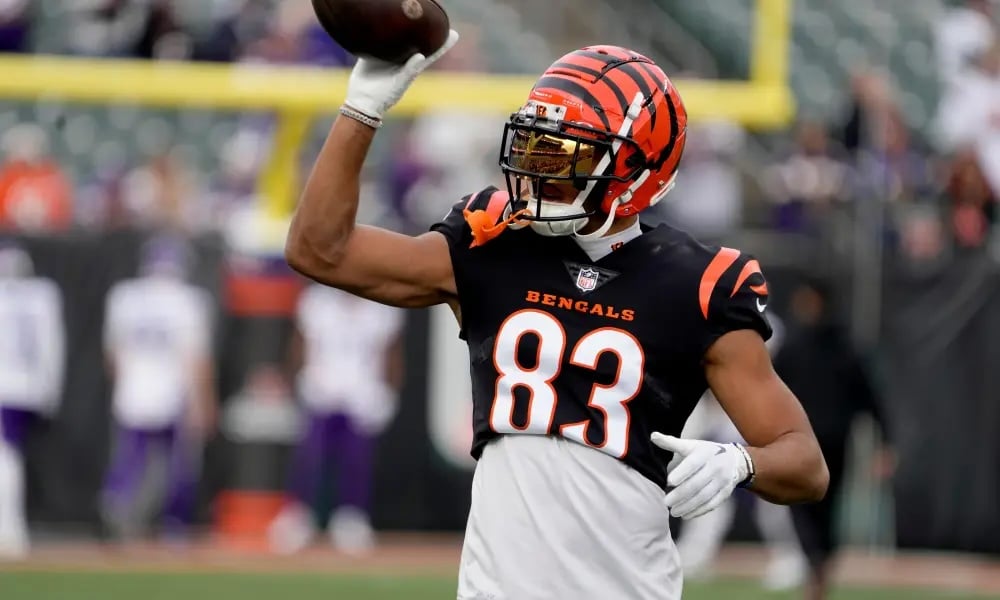
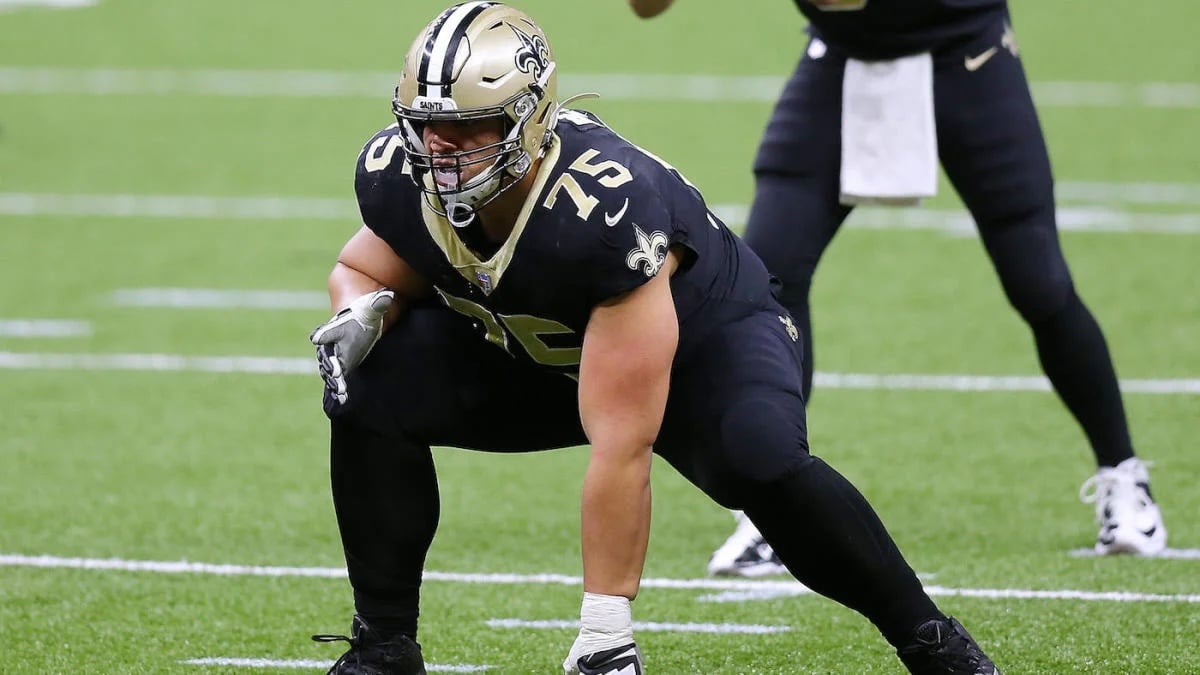
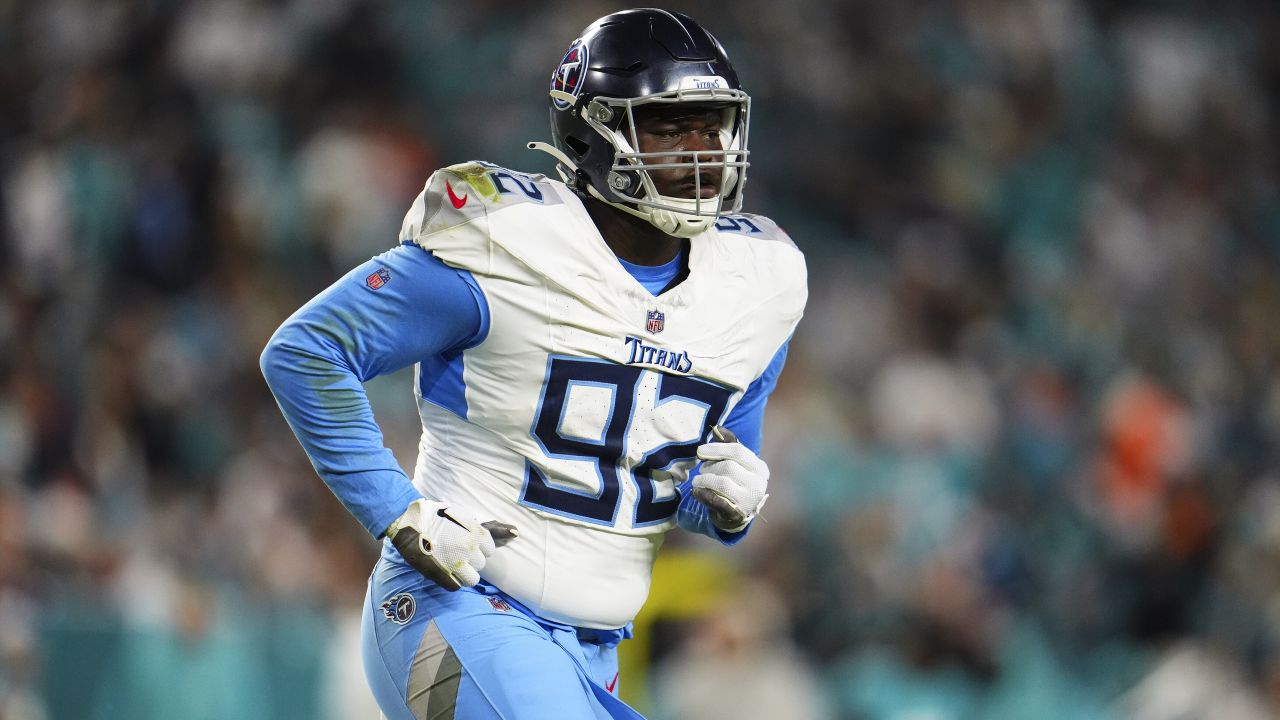
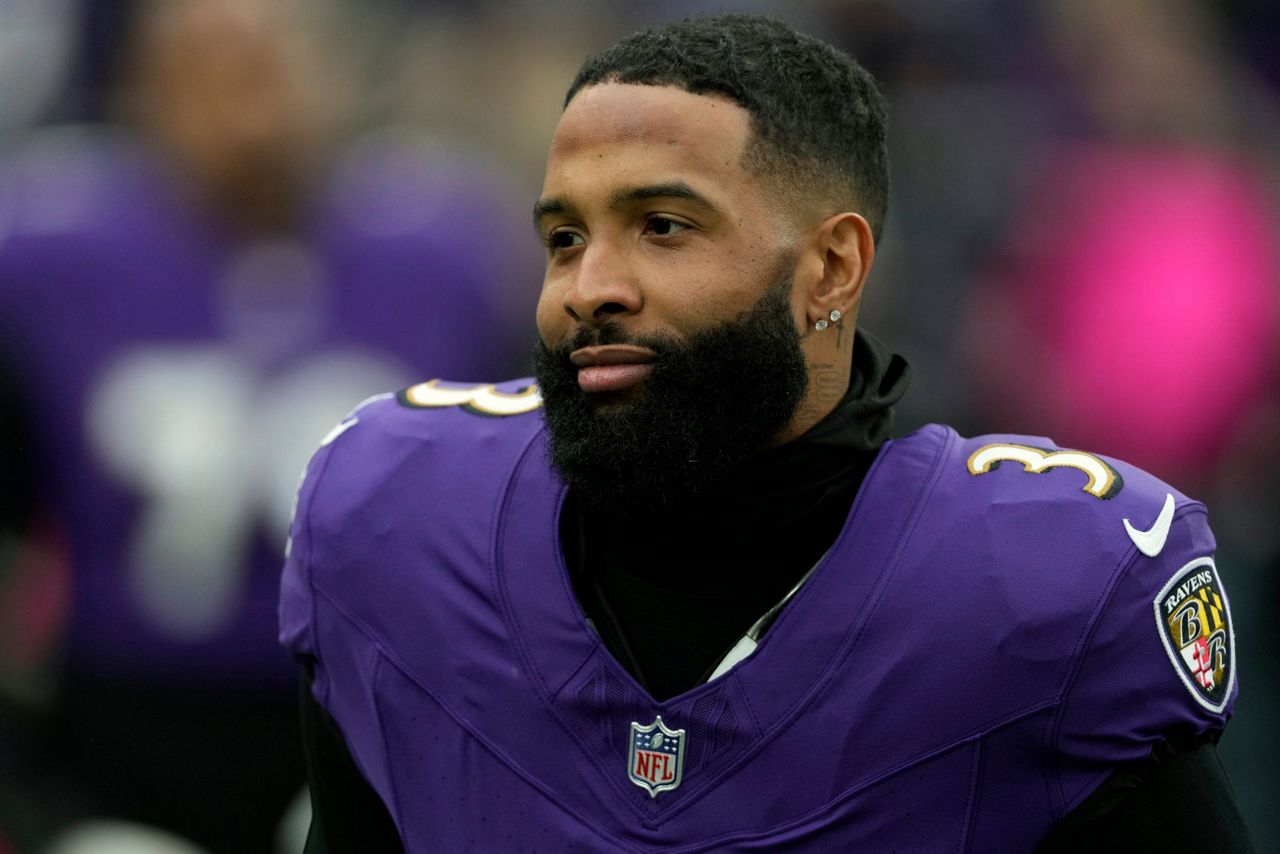
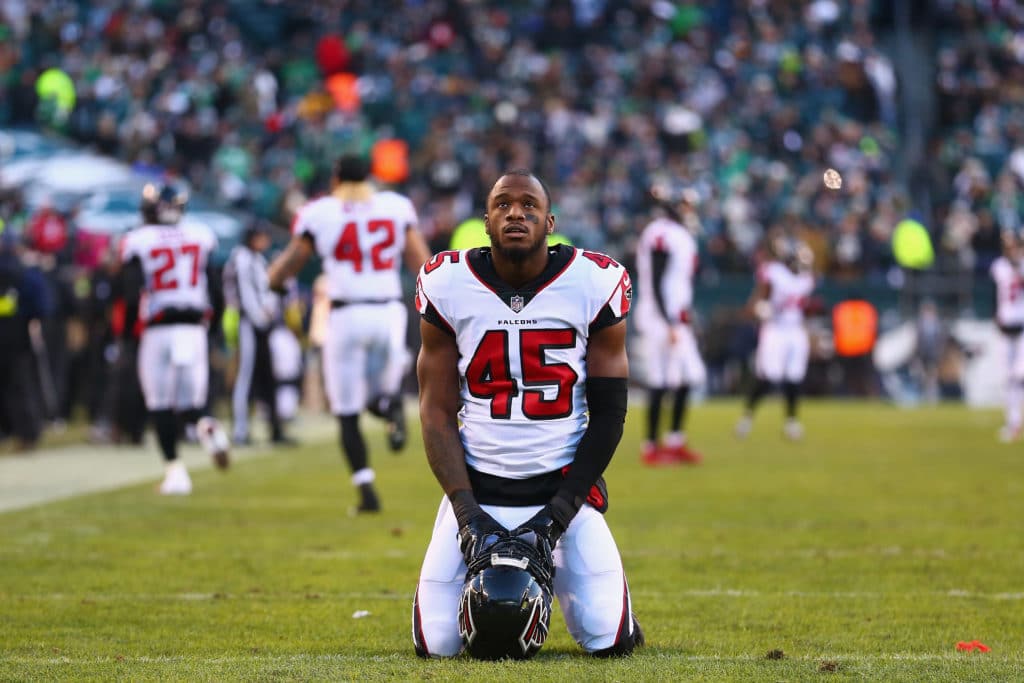
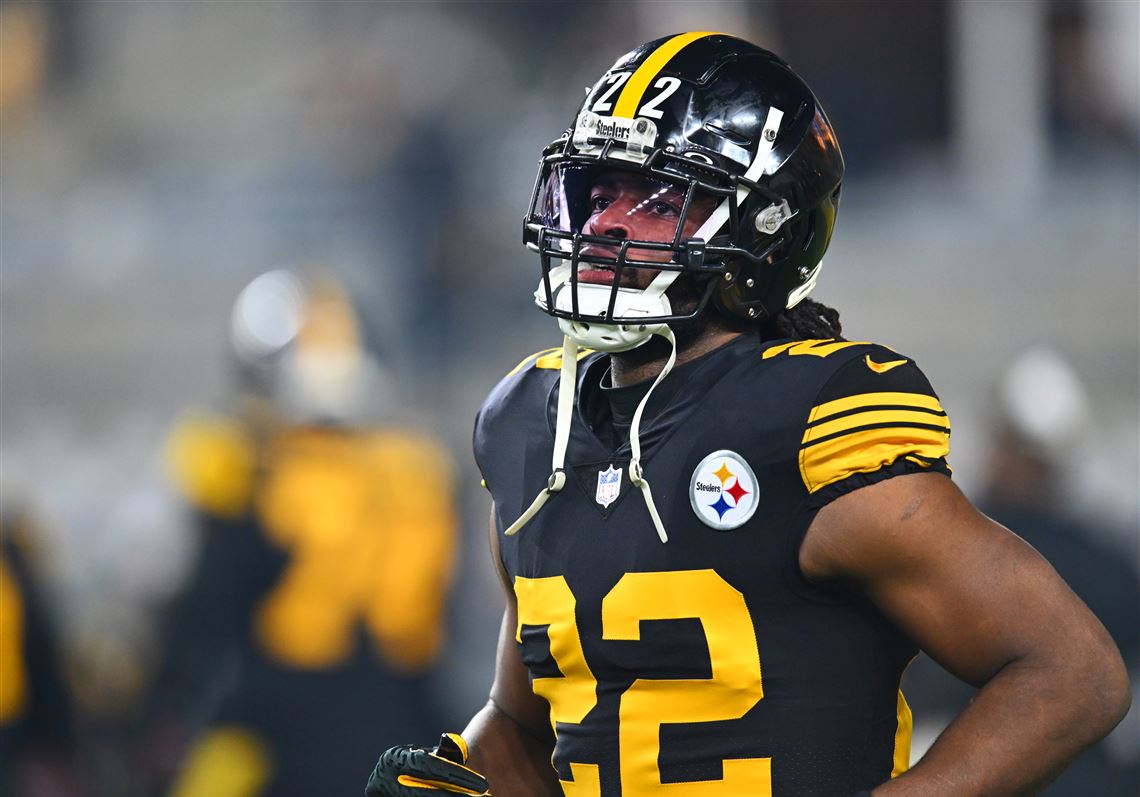
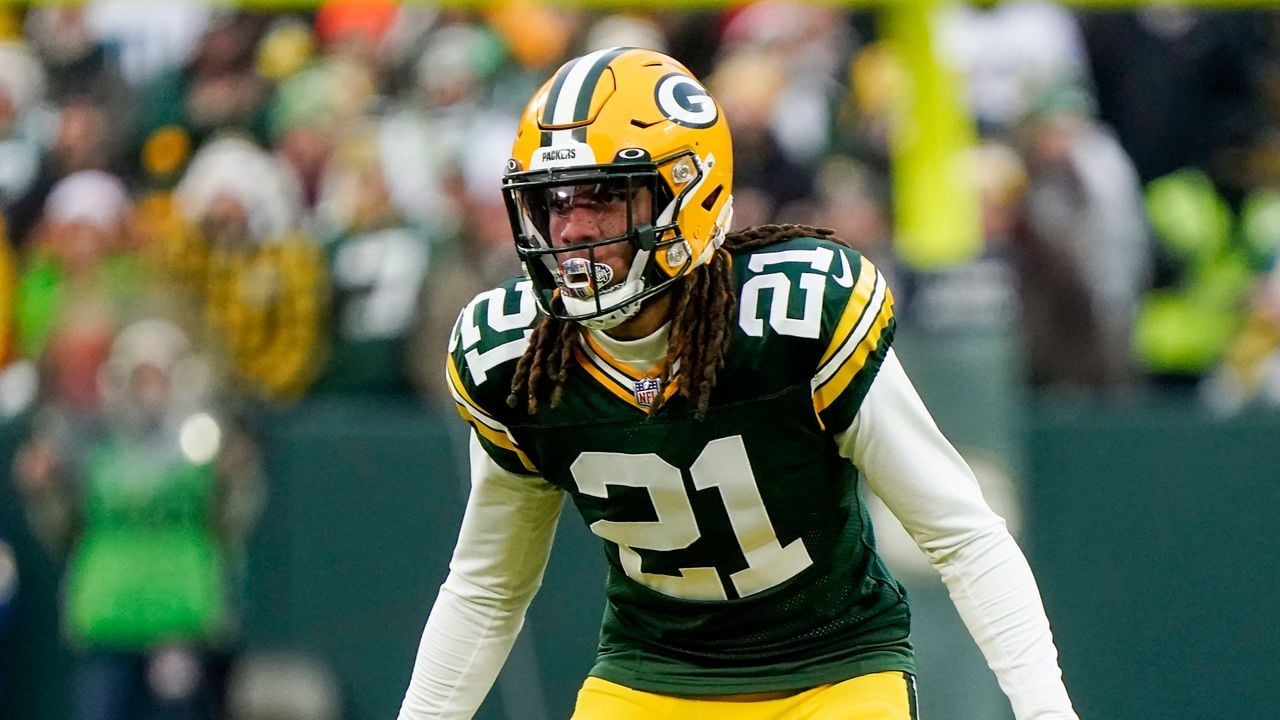
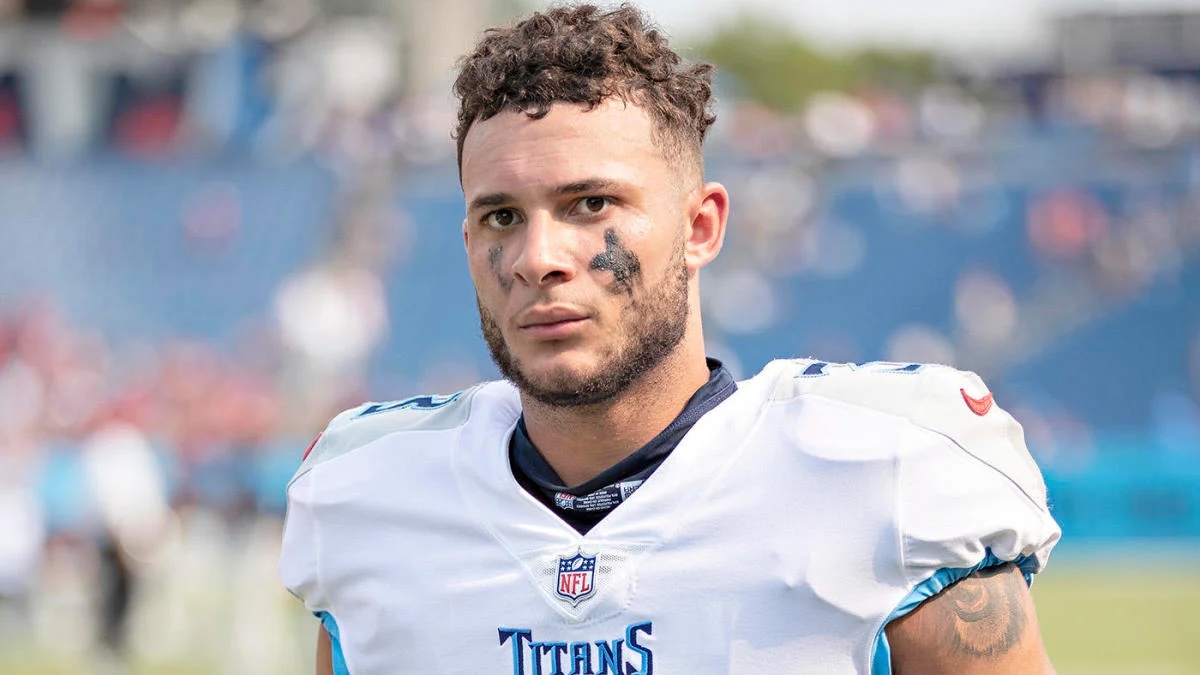
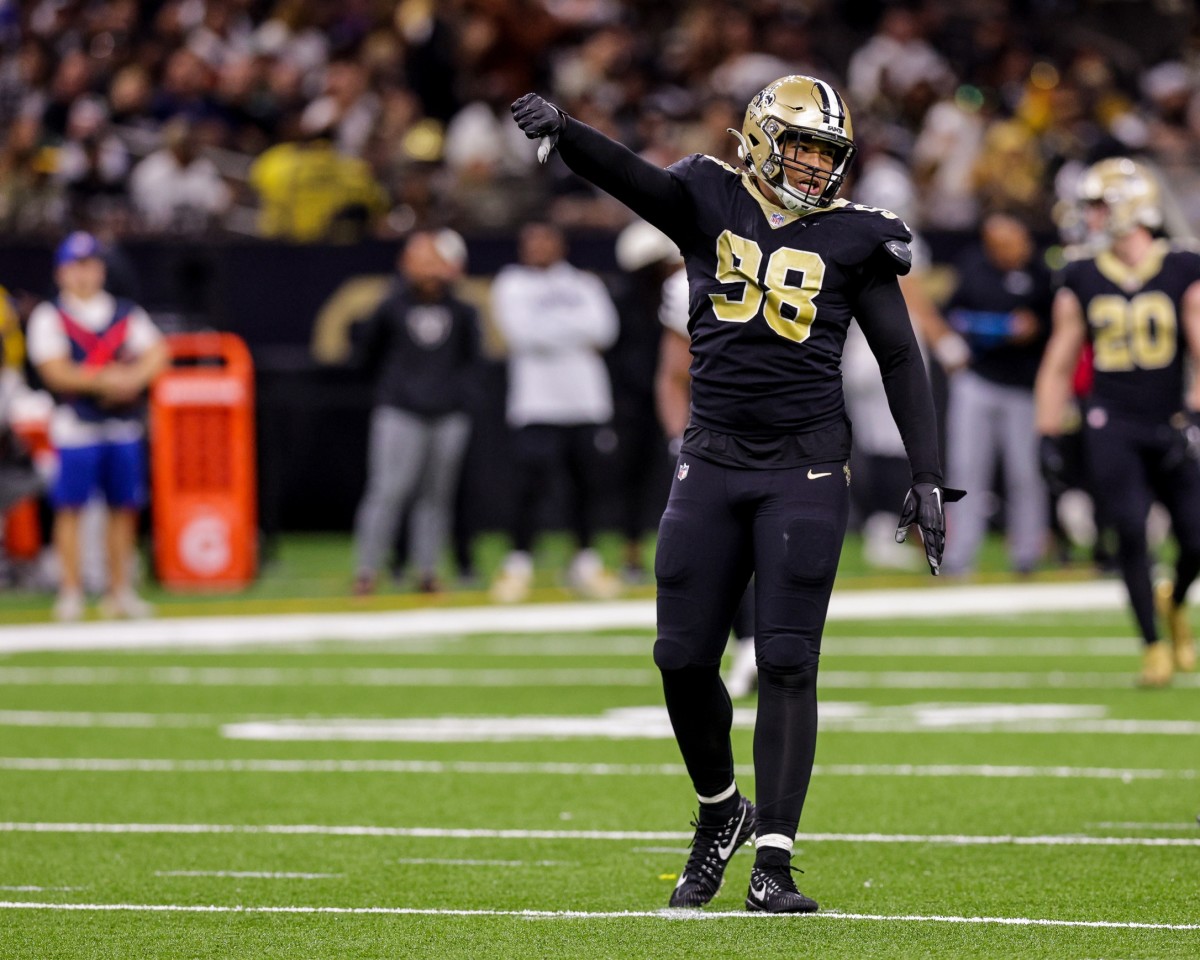
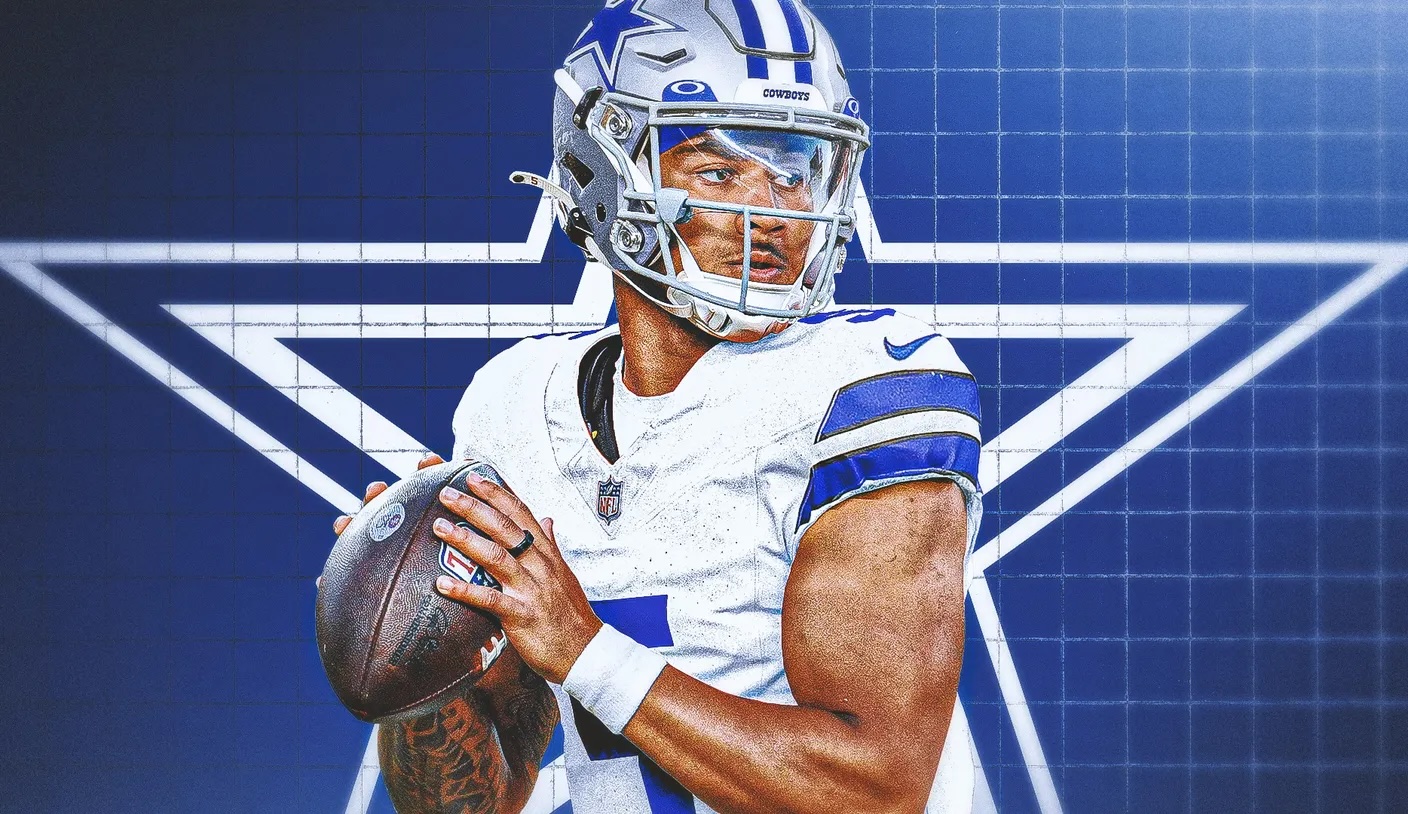
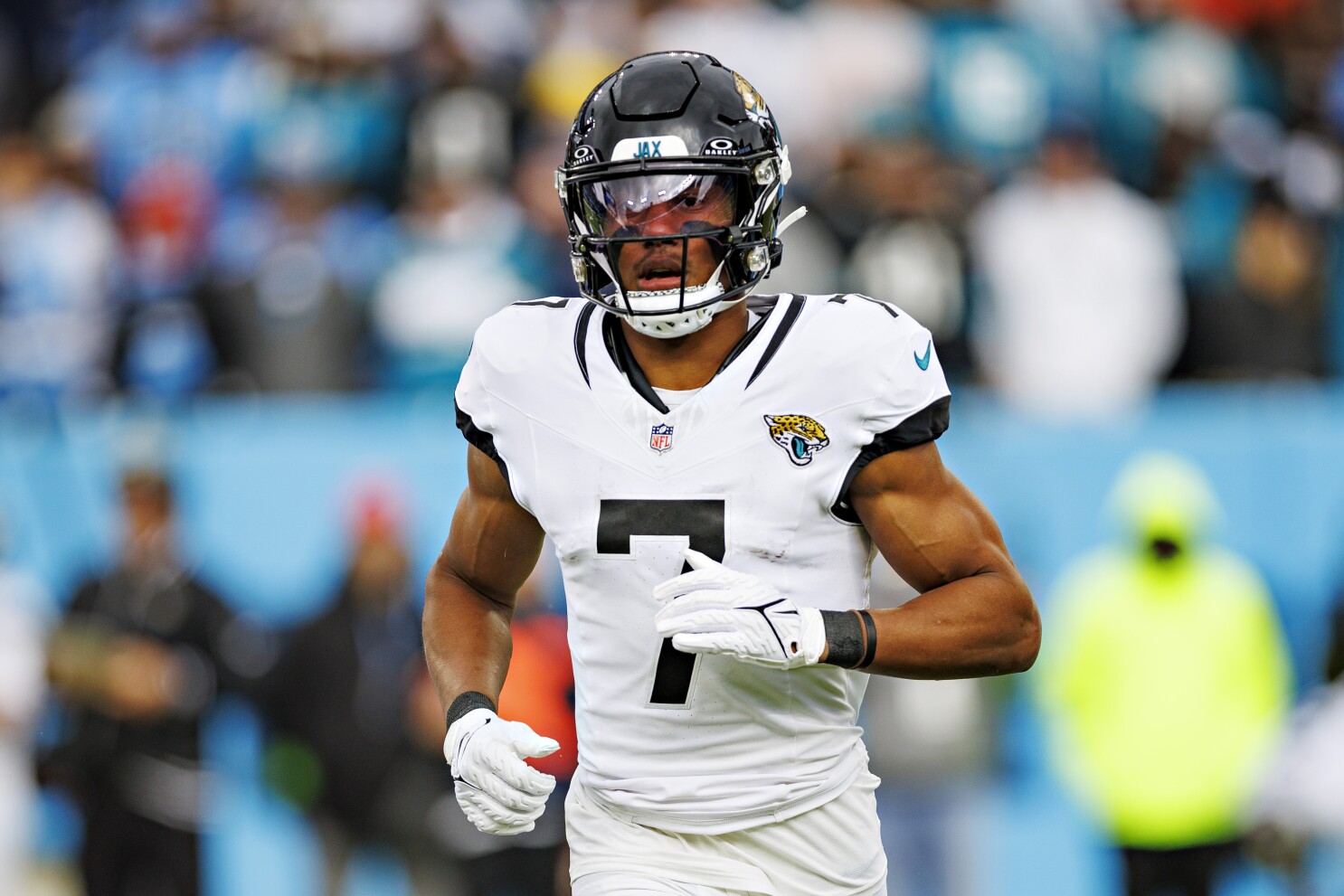
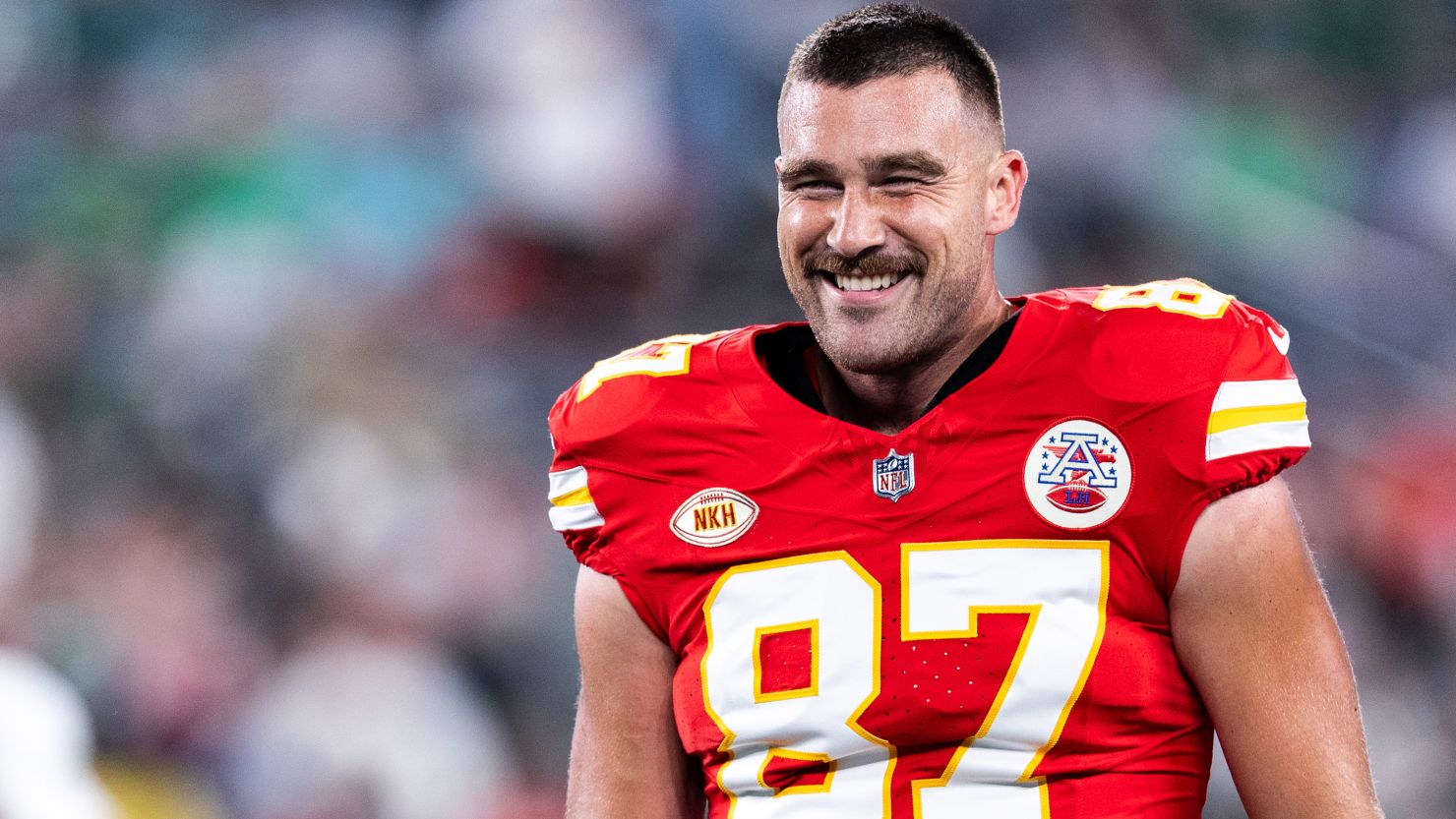
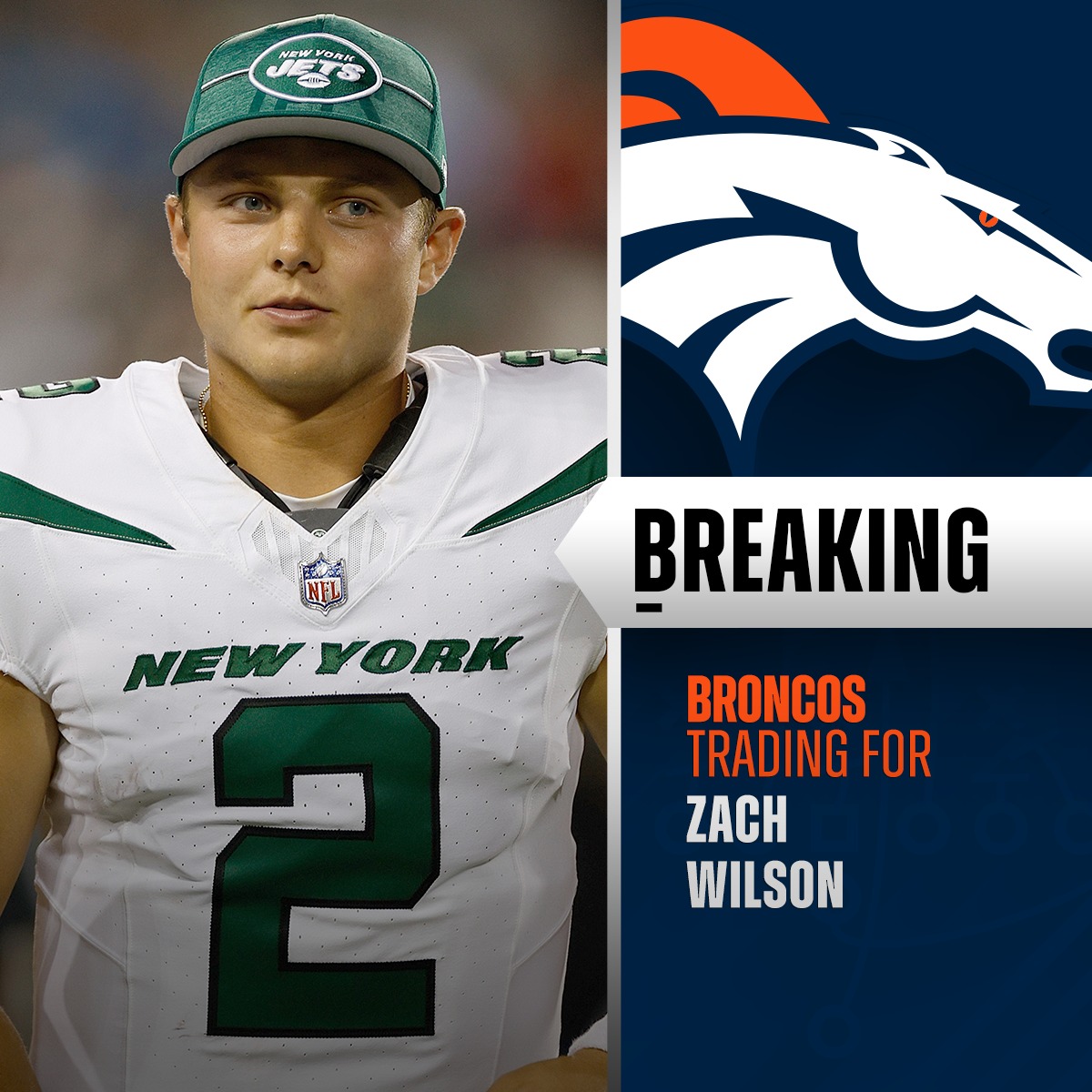
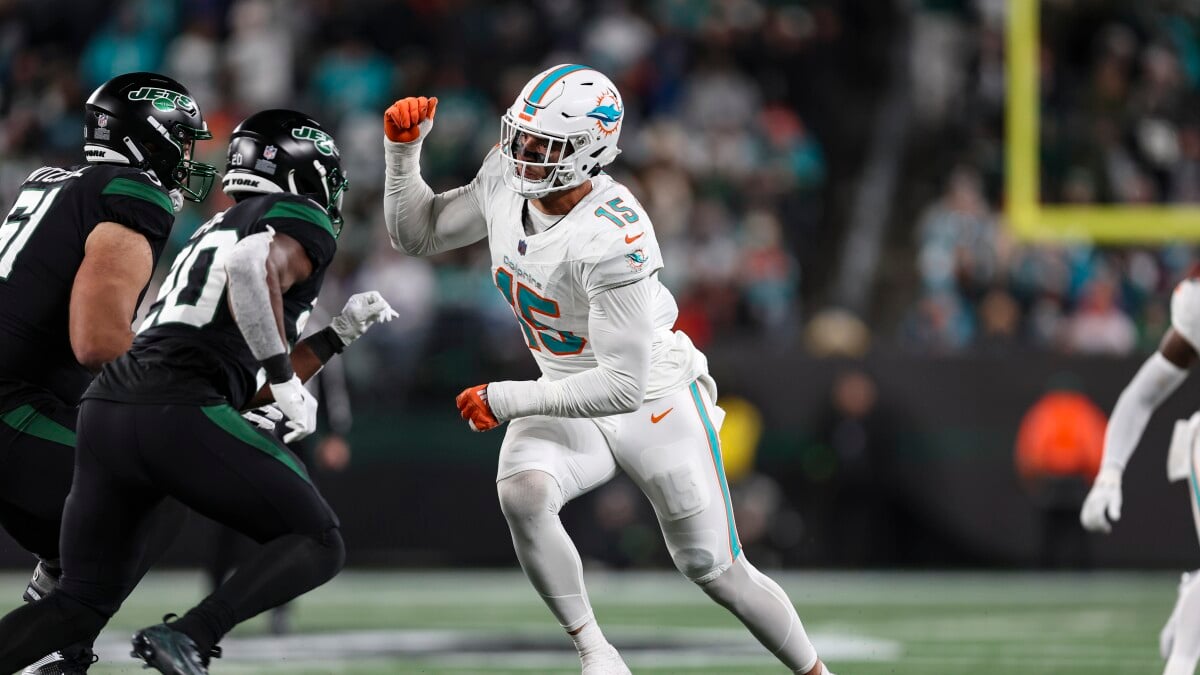
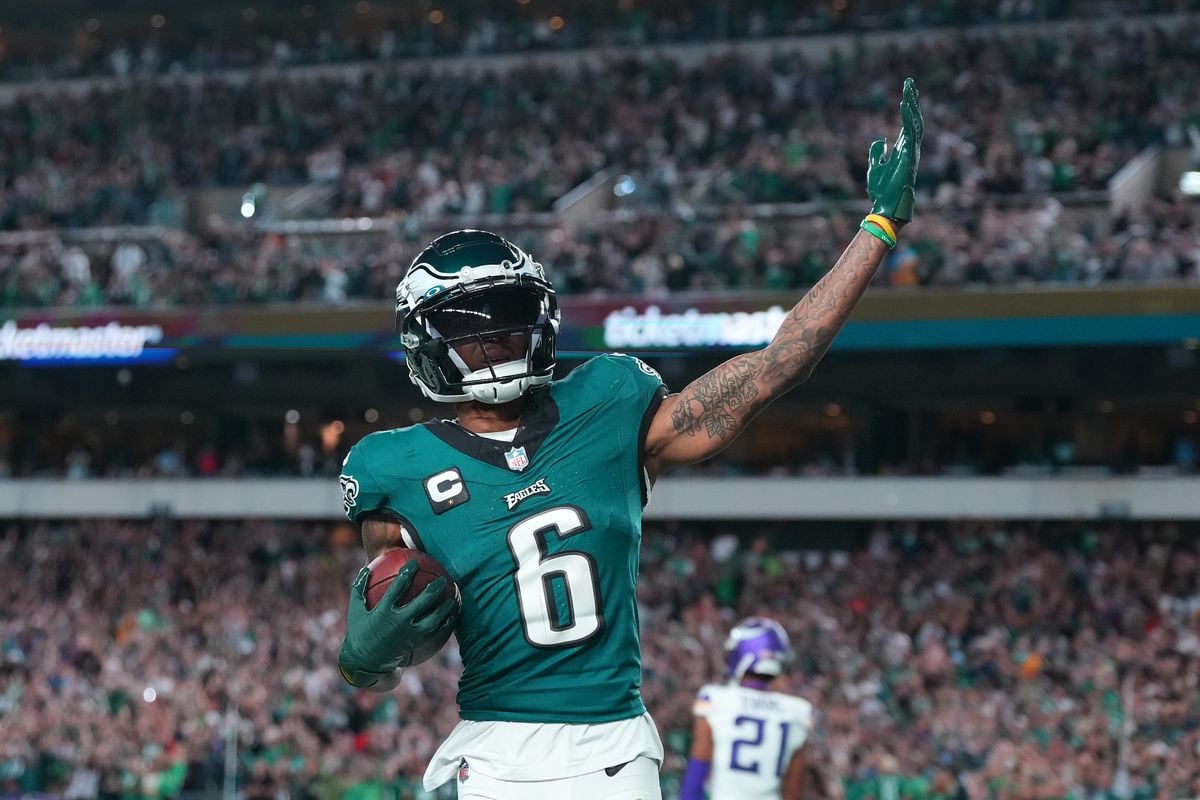
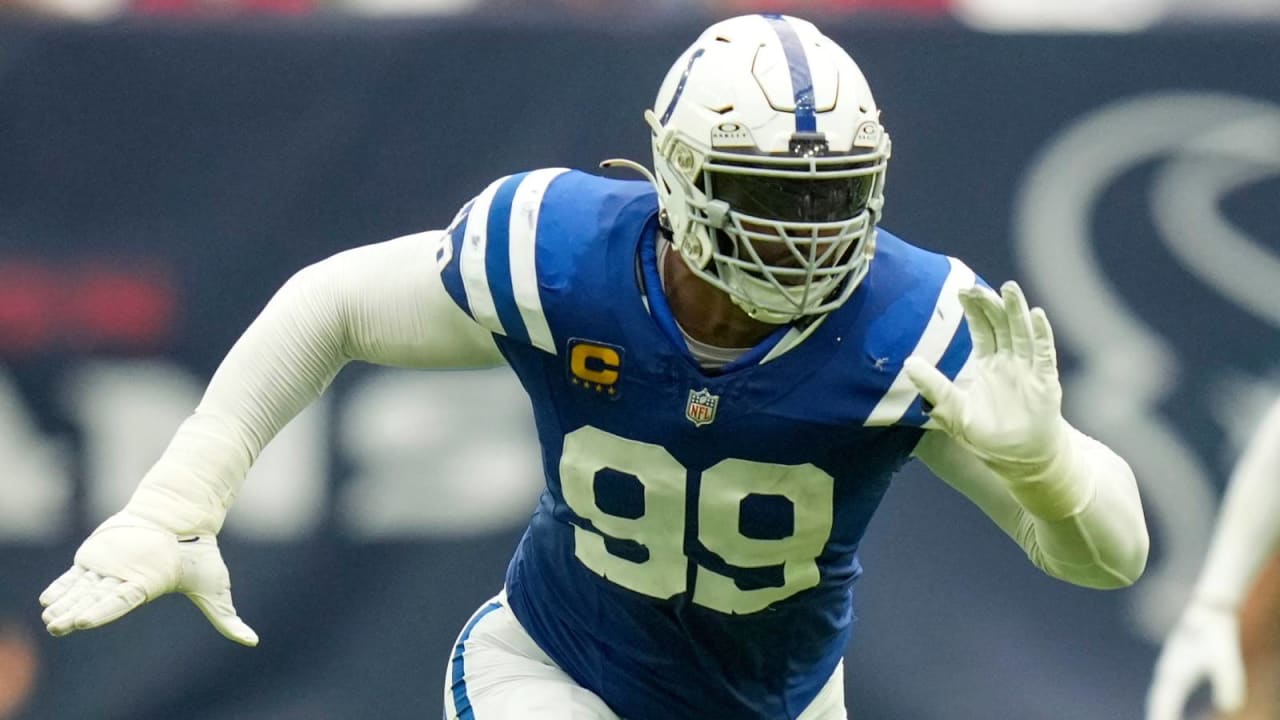
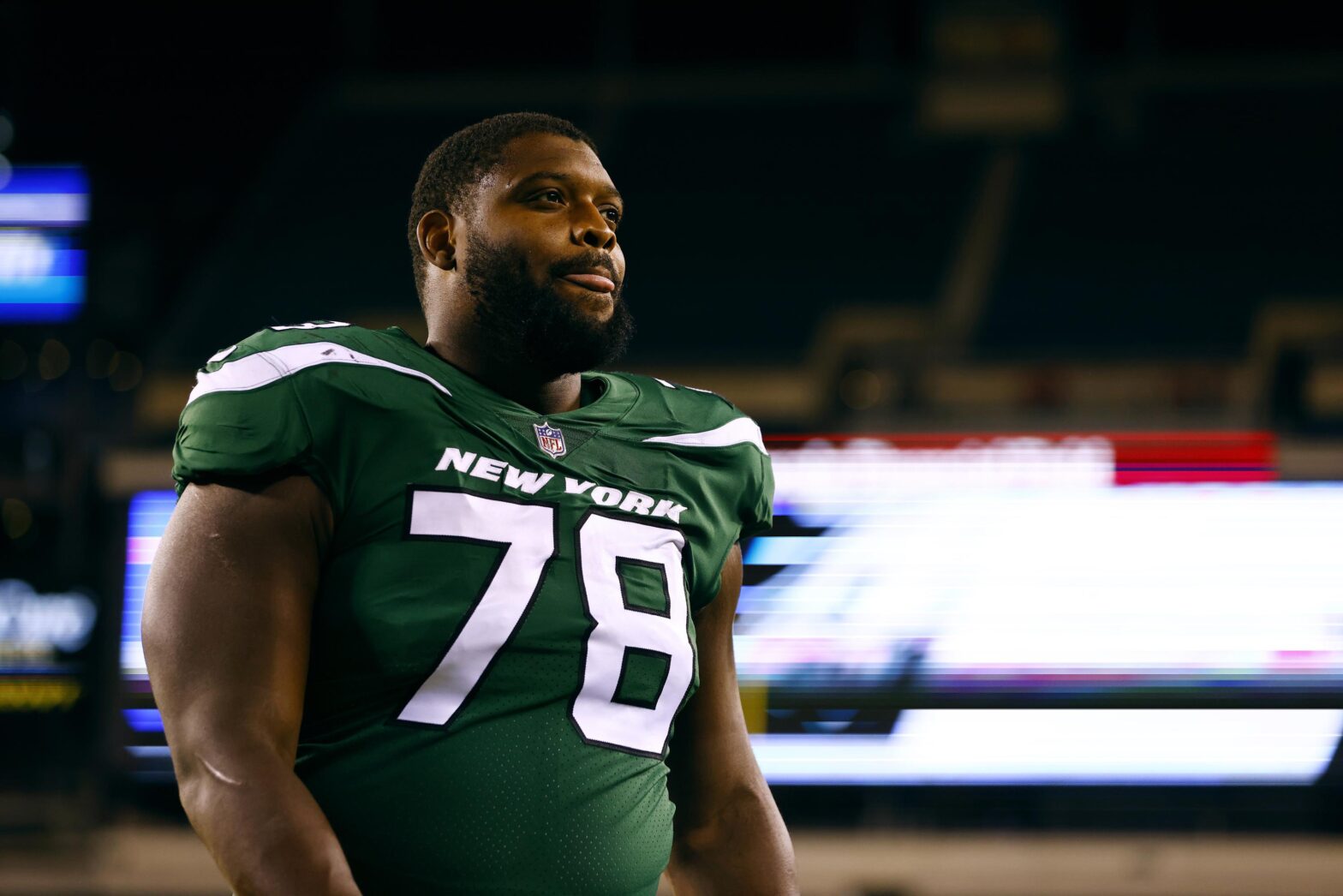
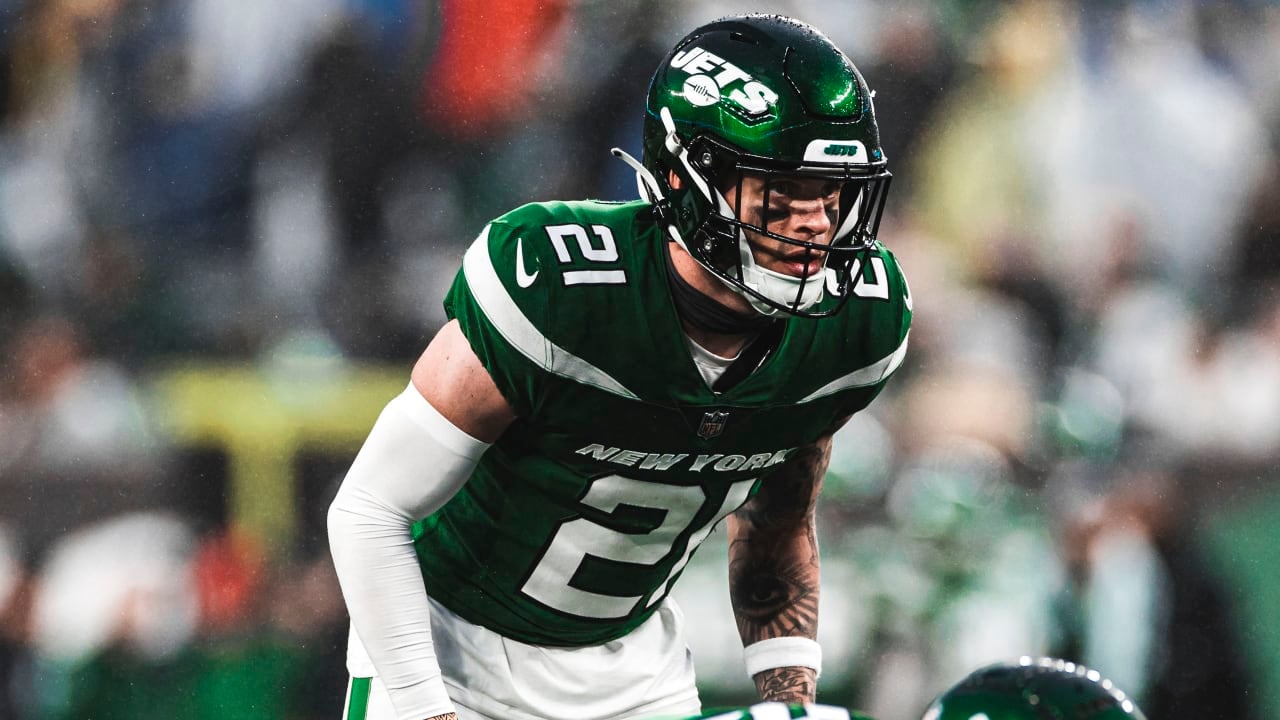
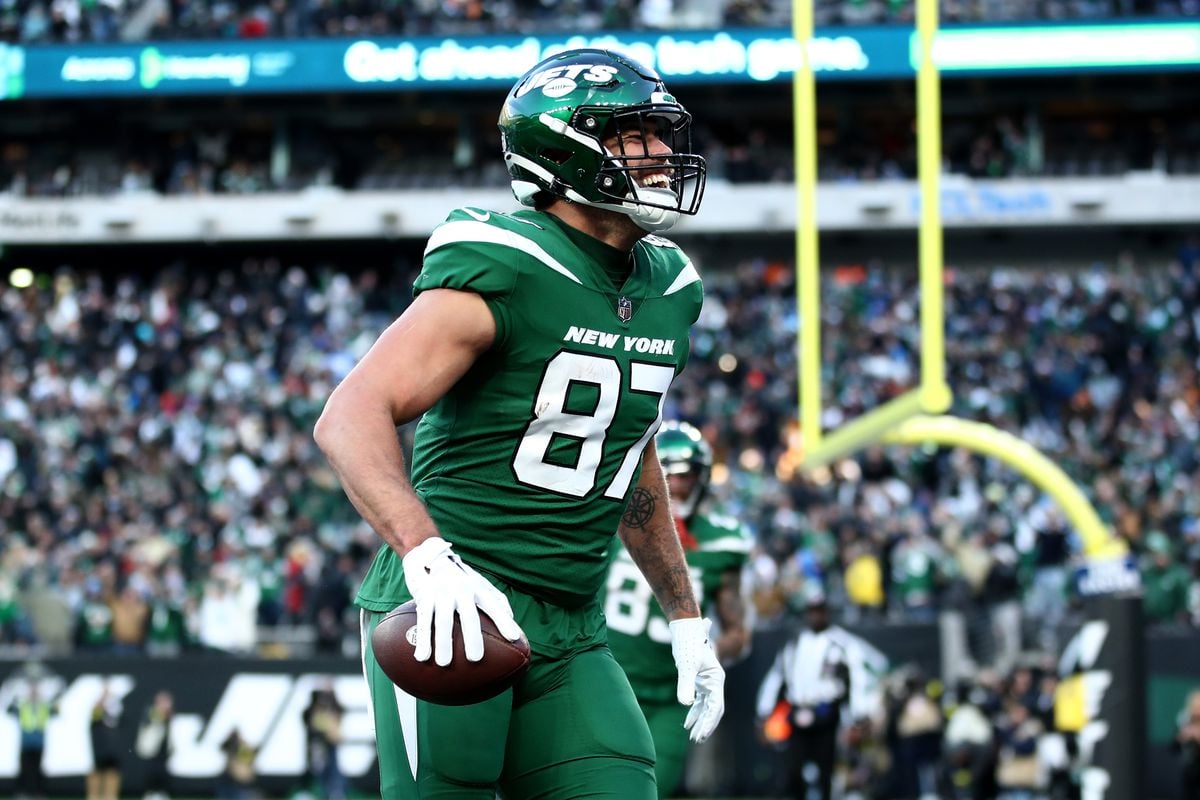
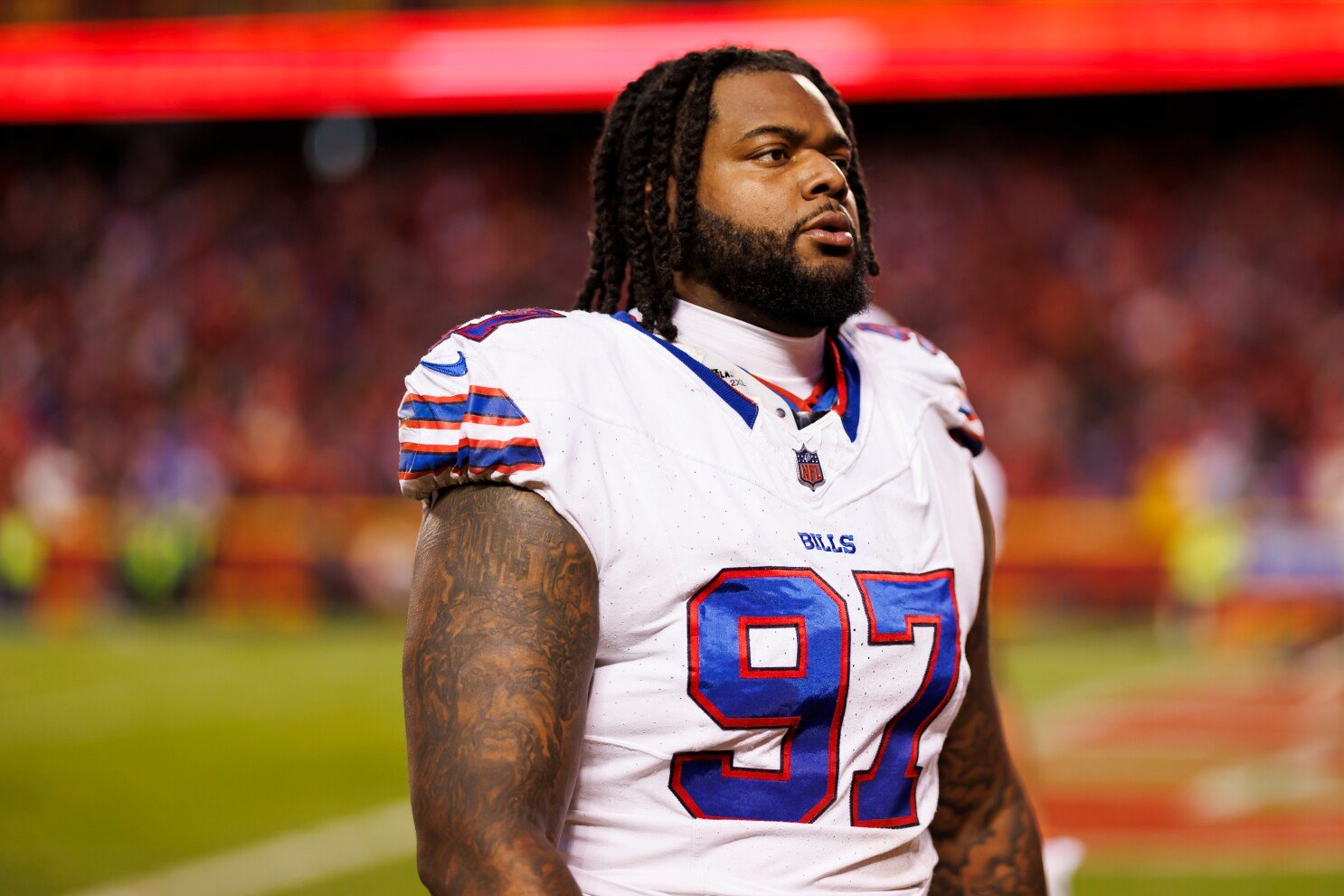
 Sign in to Pro Sports Outlook for quick and easy access to all of your favorite teams.
Sign in to Pro Sports Outlook for quick and easy access to all of your favorite teams.
 Sign up to Pro Sports Outlook for quick and easy access to all of your favorite teams.
Sign up to Pro Sports Outlook for quick and easy access to all of your favorite teams.